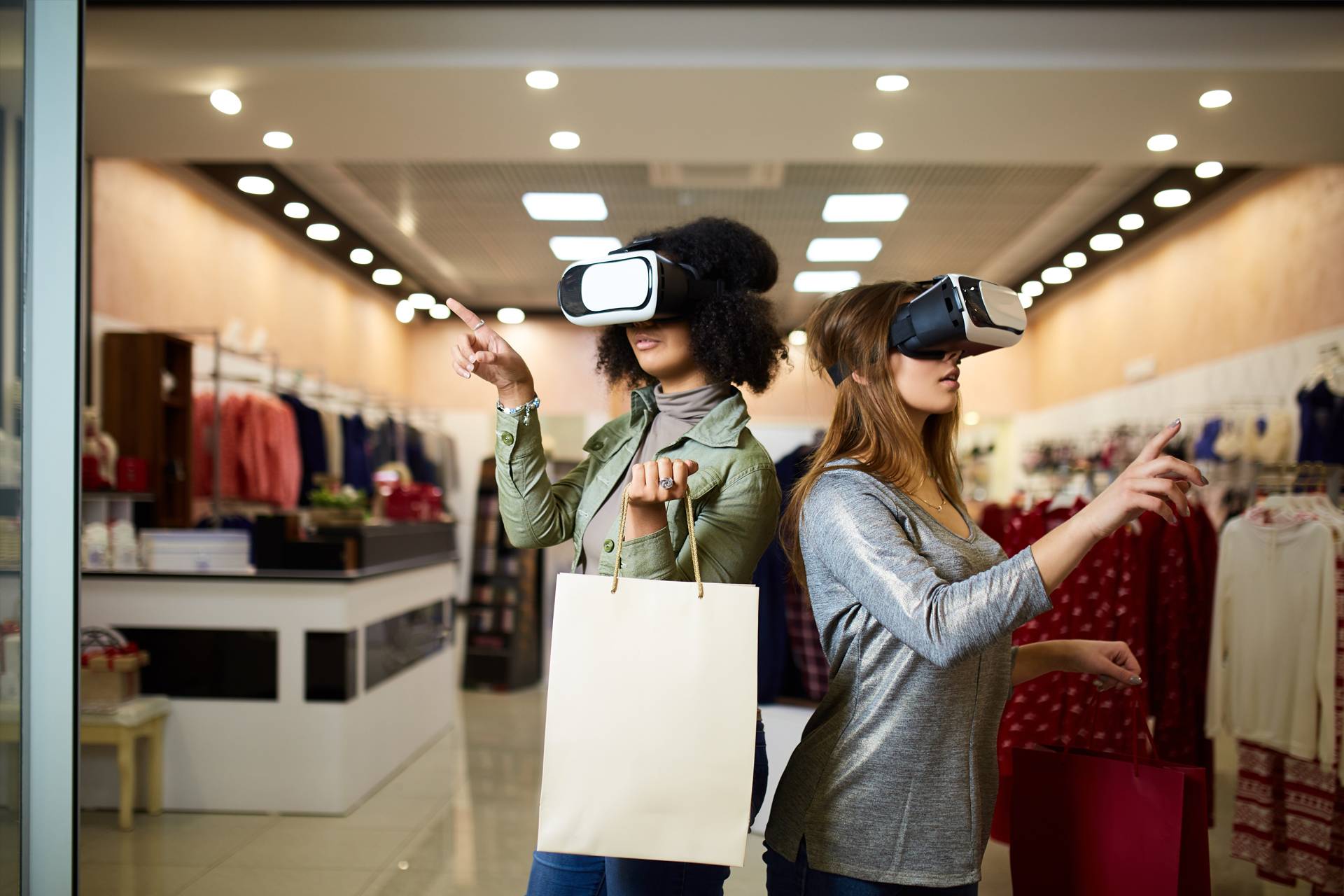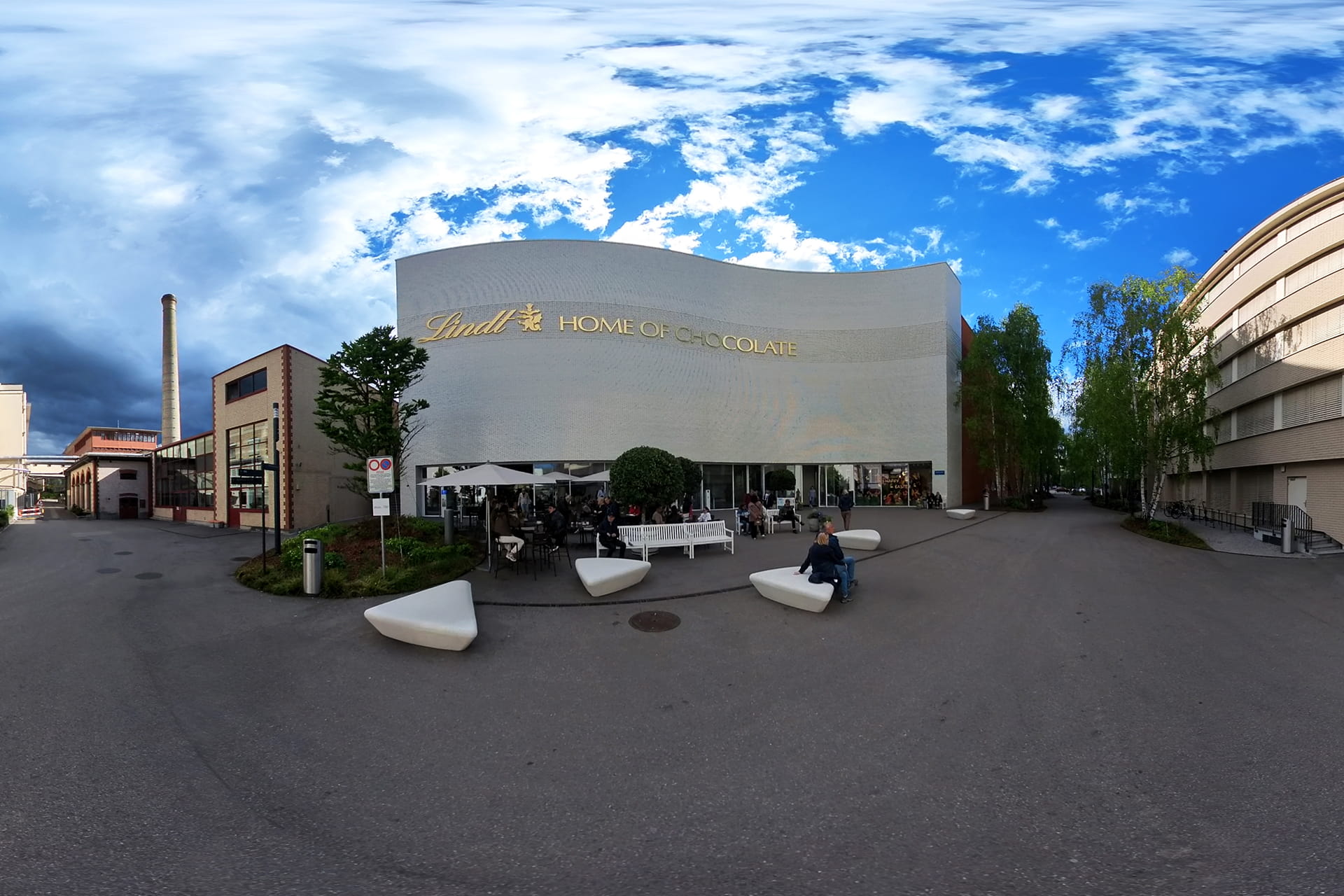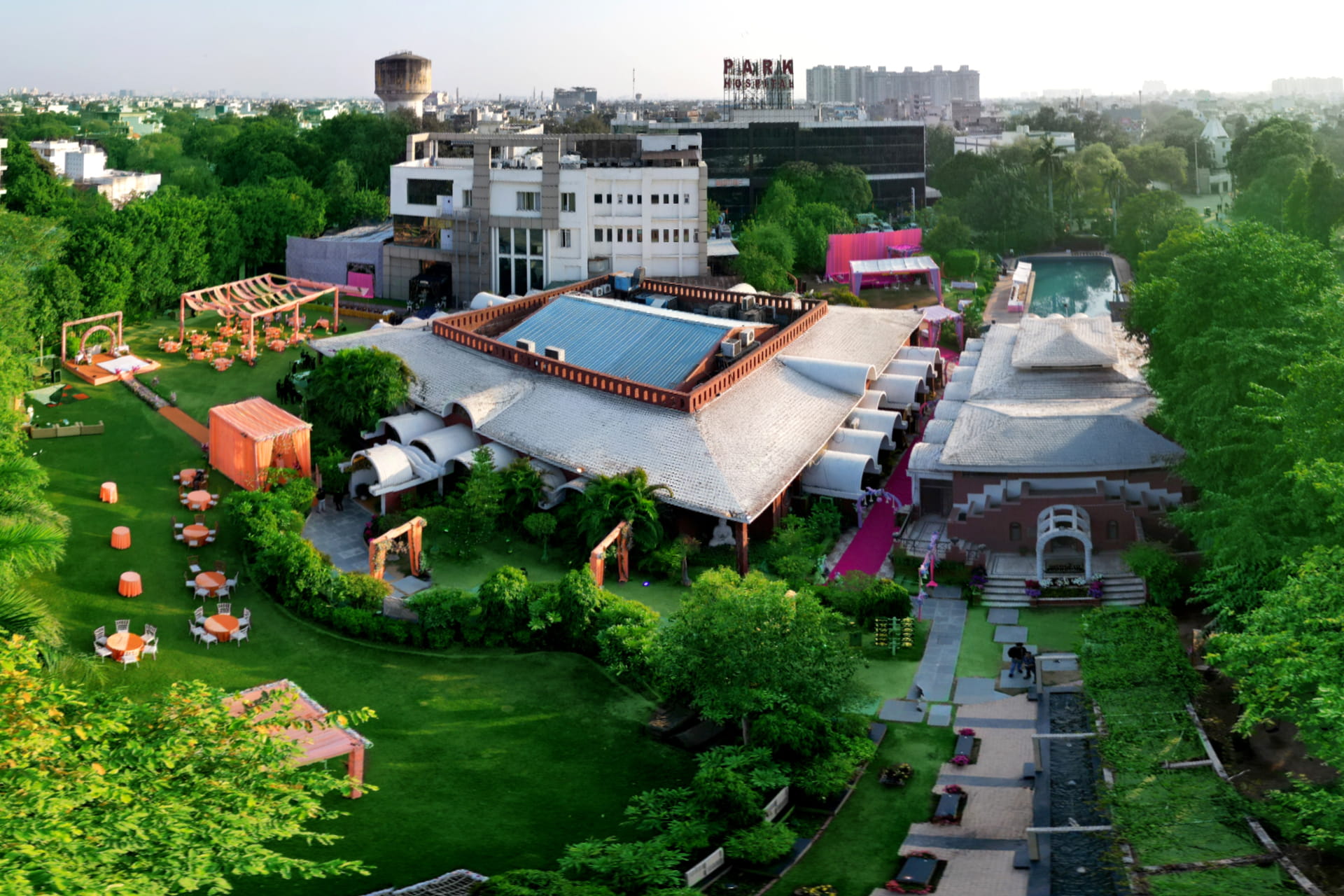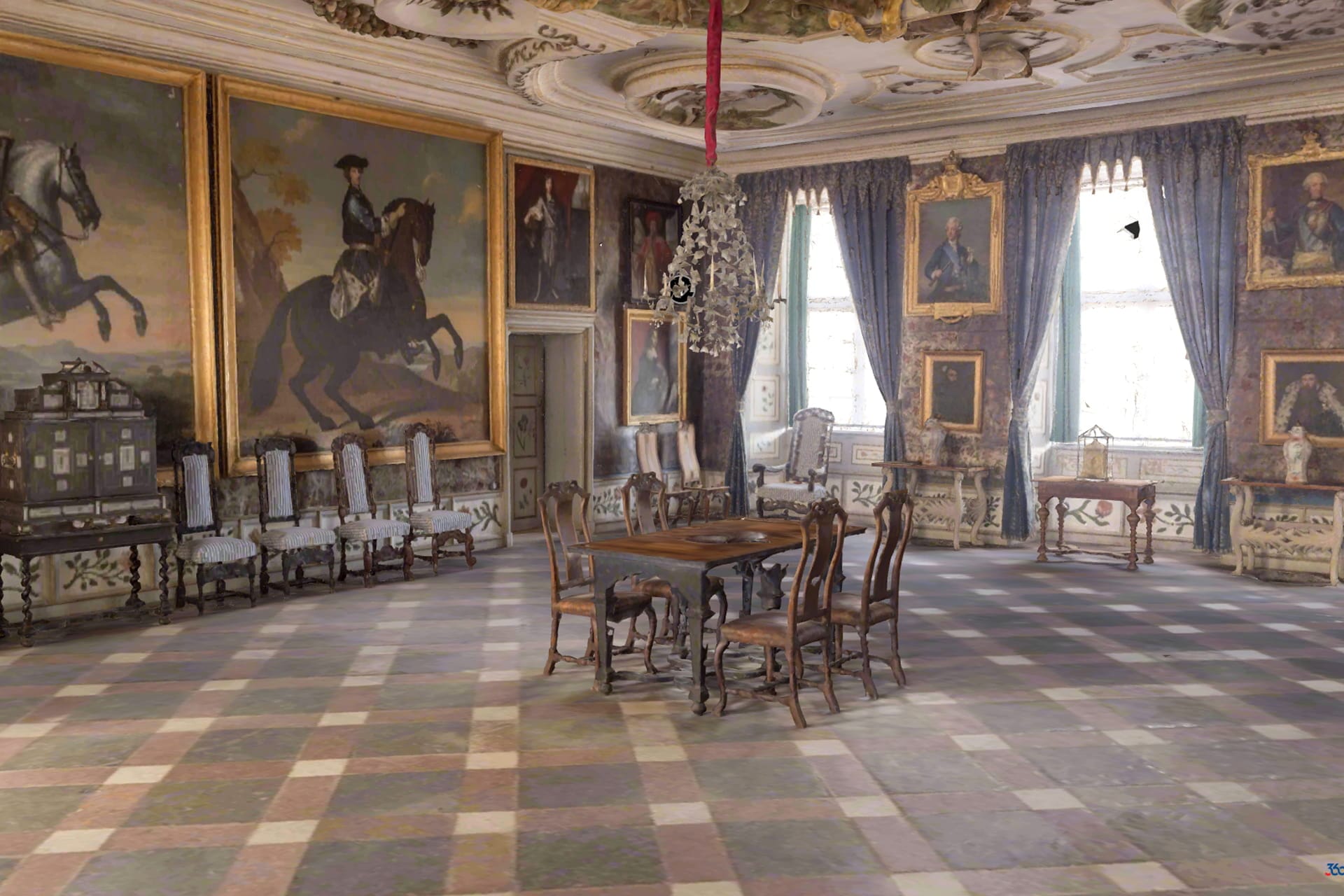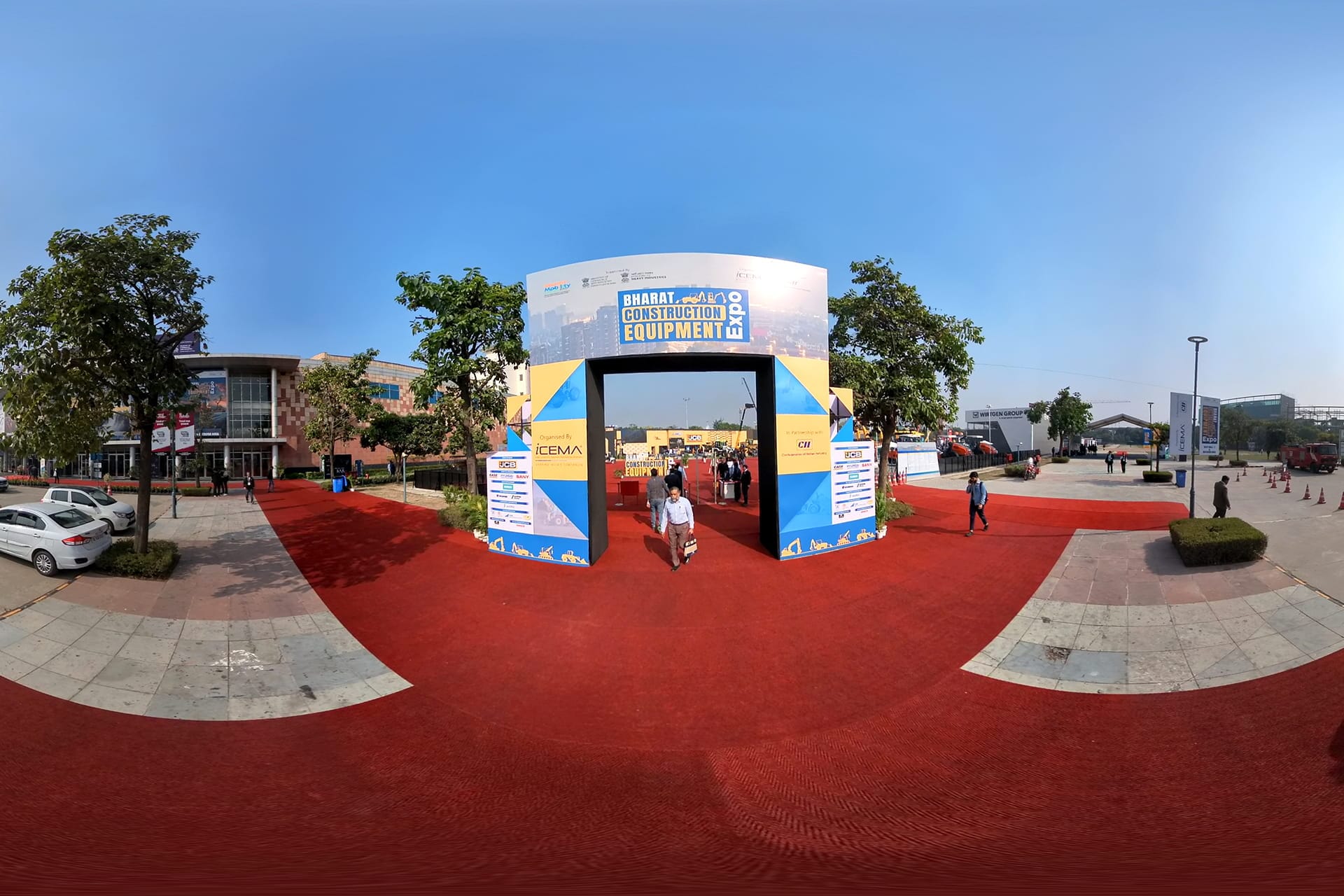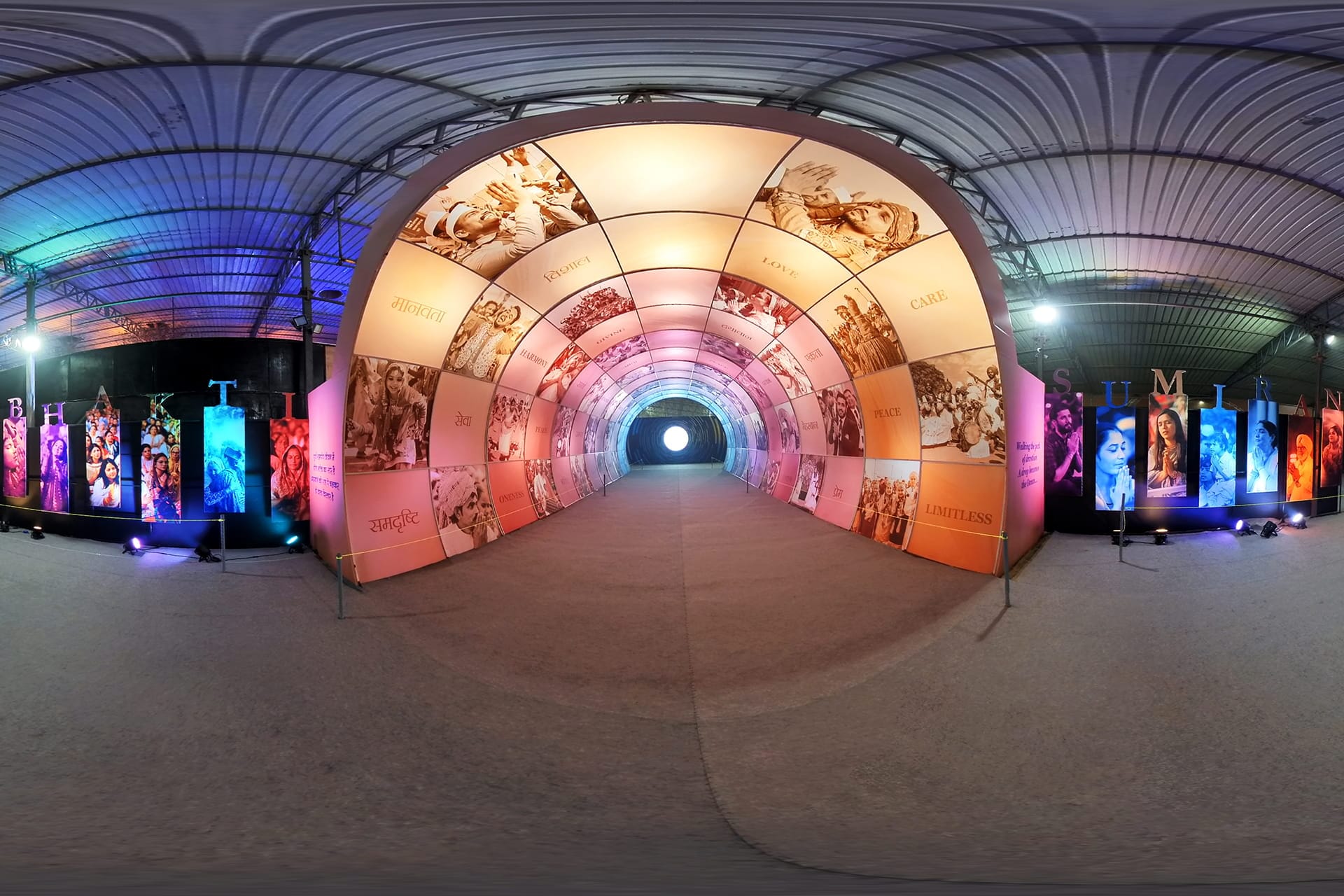Transforming Shopping Experiences: 20 Benefits of AR and VR in Retail
In the rapidly evolving landscape of retail, where the lines between physical and digital shopping experiences blur, Augmented Reality (AR) and Virtual Reality (VR) are emerging as powerful tools for innovation. These immersive technologies are reshaping the way consumers engage with products and brands. Let's explore the 20 significant benefits that AR and VR bring to the forefront of the retail industry.
- Virtual Try-Ons:
AR enables customers to virtually try on clothing, accessories, and even makeup, enhancing the online shopping experience by providing a realistic preview. - Interactive Product Visualization:
AR and VR allow customers to interact with and visualize products in three dimensions, providing a more comprehensive understanding of their features and design. - Personalized Shopping Experiences:
AR applications can personalize recommendations based on customer preferences, creating a more tailored and engaging shopping journey. - In-Store Navigation:
AR assists customers in navigating physical stores, helping them locate products and promotions effortlessly through virtual maps and overlays. - Virtual Shopping Assistants:
VR-powered virtual assistants guide customers through product selections, offering information, recommendations, and answering queries in real-time. - Enhanced Product Information:
AR enriches product information by overlaying details such as pricing, reviews, and specifications onto physical products, aiding informed decision-making. - Virtual Showrooms:
VR creates virtual showrooms, enabling customers to explore an extensive range of products and variations without the constraints of physical space. - Try-Before-You-Buy Confidence:
AR and VR experiences build customer confidence by allowing them to virtually assess products before making a purchase, reducing the likelihood of returns. - Brand Engagement:
AR and VR campaigns enhance brand engagement by offering immersive storytelling experiences and interactive content that goes beyond traditional advertising. - Online-to-Offline Integration:
AR bridges the gap between online and offline retail by integrating virtual elements into physical stores, creating a seamless and interconnected shopping environment. - Customizable Product Previews:
VR allows customers to customize and preview products in real-time, such as adjusting colors, sizes, or features before finalizing their purchase. - AR-Powered Fitting Rooms:
AR in fitting rooms enables customers to see how clothing items fit without physically trying them on, reducing the time spent in-store. - Gamified Shopping Experiences:
VR introduces gamification elements into the shopping process, making it more entertaining and incentivizing for customers. - Social Media Shopping Integration:
AR and VR technologies seamlessly integrate with social media platforms, allowing users to shop directly from augmented or virtual experiences. - Time-Efficient Decision-Making:
AR assists customers in quickly making decisions by providing instant access to product information and reviews through mobile devices. - Improved Customer Engagement Analytics:
AR and VR generate valuable analytics on customer behavior, preferences, and interactions, helping retailers refine their strategies for better engagement. - Adaptive Virtual Store Layouts:
VR enables retailers to experiment with and optimize virtual store layouts, enhancing the overall shopping experience and increasing sales opportunities. - Cross-Channel Shopping Continuity:
AR and VR create a consistent shopping experience across various channels, fostering customer loyalty and brand recognition. - Augmented Loyalty Programs:
AR enhances loyalty programs by offering interactive and rewarding experiences, encouraging repeat business from satisfied customers. - Future-Proofing Retail:
The collective impact of AR and VR technologies future-proofs the retail industry, positioning it at the forefront of technological innovation and consumer engagement.
Conclusion
The integration of Augmented Reality and Virtual Reality in retail is not just a technological enhancement; it's a transformation of the very fabric of how consumers shop and engage with brands. The 20 benefits highlighted here underscore the revolutionary impact these immersive technologies have on personalized experiences, customer engagement, and the overall retail landscape.
As retailers embrace the era of AR and VR integration, they open doors to a future where shopping is not just transactional but a dynamic, interactive, and thoroughly enjoyable experience for consumers worldwide. The synergy between technology and retail is not a trend; it's a paradigm shift towards a more customer-centric, innovative, and connected retail ecosystem.


